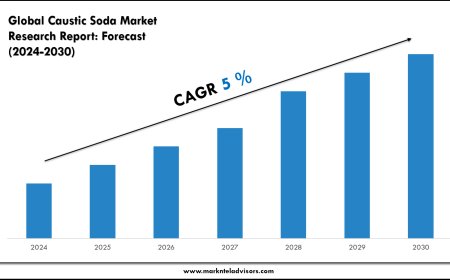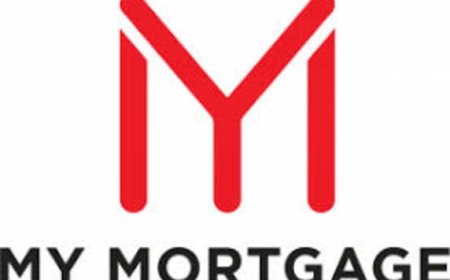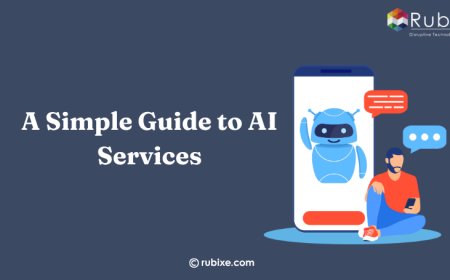IR8A Form 2022: A Comprehensive Guide for Singapore Employers
Learn how to complete the IR8A form 2022 for Singapore tax compliance. Step-by-step guide for employers to ensure accurate, timely submission.

In the bustling heart of Singapore, where skyscrapers gleam and businesses thrive, Emma, a dedicated HR manager at a growing tech startup, faced her first tax season with a mix of excitement and dread. The deadline loomed, and one task stood out: completing the IR8A form 2022 for her team. Initially overwhelmed by the paperwork, Emma soon discovered that mastering this form was not just a compliance necessity but a chance to streamline her companys payroll process. Her journey from confusion to confidence mirrors the path many employers take when tackling this critical document. This article will guide you through the IR8A form 2022, offering clear, actionable insights to ensure you meet your obligations with ease.
What is the IR8A Form 2022?
The IR8A form 2022 is a statutory document required by the Inland Revenue Authority of Singapore (IRAS) for employers to report employee earnings for the calendar year 2022 (January 1 to December 31). This form is essential for annual tax filing in Singapore, where employers submit details of salaries, bonuses, directors fees, and other employment income for their employees. It ensures that employees taxable income is accurately reported, helping them file their personal income tax returns seamlessly.
Why is the IR8A Form Important?
The IR8A form is a cornerstone of Singapores tax system, ensuring transparency and compliance. Employers must submit it by March 1, 2023, for the 2022 tax year, either manually or through the Auto-Inclusion Scheme (AIS). Failure to comply can result in penalties, including fines up to $1,000 or imprisonment for up to six months under Section 94 of the Income Tax Act. For employees, the form simplifies tax filing by pre-populating their income details via AIS, reducing errors and manual effort.
Who Needs to Submit the IR8A Form?
Employers in Singapore, including businesses, sole proprietorships, and partnerships, must prepare and issue the IR8A form for:
Full-time and part-time employees who are Singapore Citizens, Permanent Residents, or foreigners working 183 days or more in Singapore.
Non-residents performing duties in Singapore, subject to specific exemptions.
Employees on overseas postings if their income is taxable in Singapore.
Exceptions to Note
Certain employees, such as those working on board shipping vessels with specific tax exemptions, may require additional codes on the form. Employers should verify each employees status to ensure accurate reporting.
Key Components of the IR8A Form 2022
The IR8A form categorizes employment income into four main types:
1. Salary: Base pay, excluding allowances and commissions.
2. Bonus: Performance-based or contractual bonuses, reported in the year the employee becomes entitled to them.
3. Directors Fees: Payments to company directors, typically approved at annual general meetings.
4. Other Income: Includes allowances, benefits-in-kind (e.g., housing, car benefits), and other taxable perks.
Additional Details to Include
CPF Contributions: Employer and employee contributions to the Central Provident Fund.
Deductions: Approved deductions, such as donations to charitable organizations.
Tax-Exempt Income: Certain benefits, like specific NSmen pay, may be exempt but must be reported if reimbursed to the employer.
How to Complete the IR8A Form 2022
Filling out the IR8A form requires precision to avoid errors that could delay tax processing. Heres a step-by-step guide:
1. Gather Employee Information
Collect accurate payroll data, including:
Employees full name, identification number (NRIC/FIN), and address.
Total gross salary, bonuses, and other income for 2022.
CPF contributions and any approved deductions.
2. Choose Submission Method
Employers can submit the IR8A form via:
Auto-Inclusion Scheme (AIS): Mandatory for companies with six or more employees, optional for smaller firms. AIS electronically submits data to IRAS, simplifying the process.
Manual Submission: Hardcopy forms are provided to employees for self-filing, suitable for smaller businesses.
3. Verify and Submit by Deadline
Ensure all fields are correctly filled, especially income types and exemptions.
Submit by March 1, 2023, to avoid penalties.
For AIS users, verify data in the IRAS portal and correct any errors promptly.
Handling Amendments
If errors are found after submission, employers can:
Submit an Additional form for extra income not previously reported.
File a Revised form with corrected total income or deductions.
Use payroll software like Talenox to automate corrections and calculations.
Tips for Streamlining IR8A Form Submission
Leverage Technology: Use payroll software like Talenox or Xero to automate data collection and AIS submissions.
Train HR Staff: Ensure your team understands IRAS requirements and form specifics.
Conduct Regular Audits: Review payroll data throughout the year to catch discrepancies early.
Consult Experts: For complex cases, such as employees on overseas postings, seek advice from tax professionals.
Conclusion
Navigating the IR8A form 2022 may seem daunting, but with the right approach, its a manageable task that ensures compliance and supports your employees tax obligations. By understanding the forms components, adhering to IRAS deadlines, and leveraging tools like AIS or payroll software, employers can transform a regulatory chore into an efficient process. Like Emma, who turned her tax season stress into a streamlined success, you too can master the IR8A form with confidence. Stay informed, stay organized, and let this guide be your roadmap to a hassle-free tax season in Singapore.







































